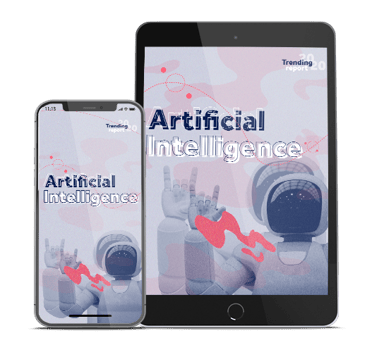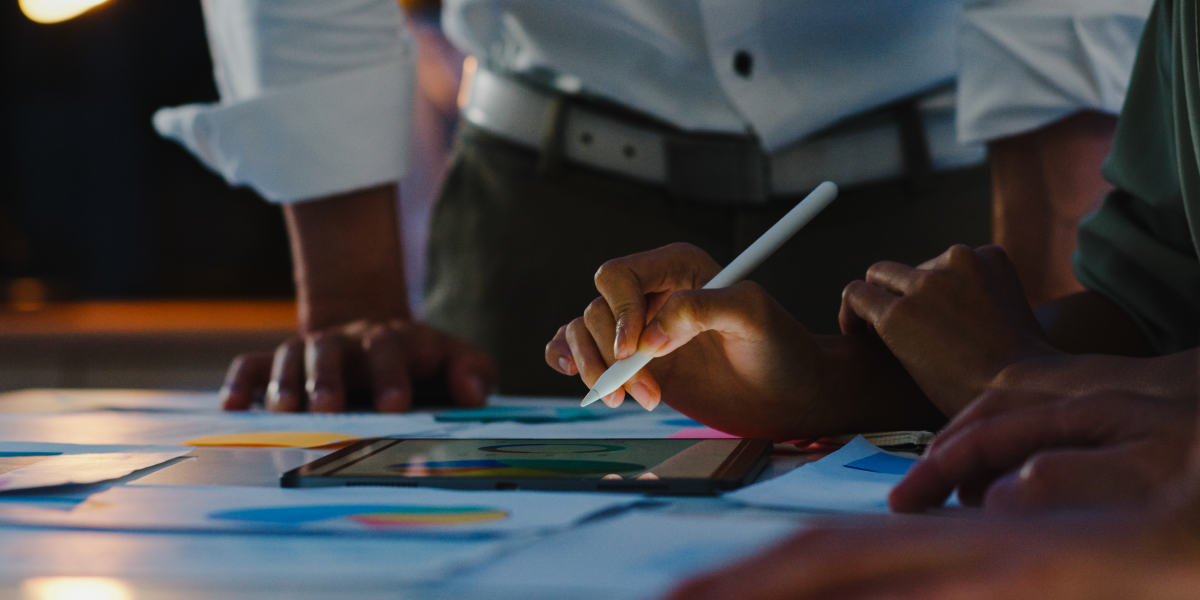How the IoT is revolutionizing the Agribusiness
 Zoox Smart Data - 12 de March de 2020.
Zoox Smart Data - 12 de March de 2020.
Since colonization in 1500, Brazilian lands were known as highly fertile. In these centuries, the world population has grown exponentially and science evolved, demanding from nature much more than it could offer.
Imagine a scenario where producers can count on an application for making more assertive decisions on the application of fungicides; where you can access real-time data on weather conditions for a crop from a weather station and even use sensors to capture data such as moisture from the leaves, pH and electrical conductivity of the water.
Although it might seem futuristic, this is already a reality, made possible by the support of governments along with private banks and domestic companies that are investing in hardware technologies, software, and platforms for the Internet of Things.
“With dialogue and necessary investments, the Internet of Things will bring efficiency and inexpensive solutions for field problems by implementing simple actions that solve land issues, weather, pest control, spraying, productivity, and others,” said Flavio Maeda, President the Abinc (Internet Brazilian Association of Things).
According to the Ministry of Science, Technology, Innovation, and Communications, the estimate is that by 2025 the impact of using the solutions in this area reaches between $ 5 billion to $ 21 billion, supporting a drop of up to 20% in the use of agricultural supplies and an increase of 25% in farm production.
Internet of Things: Applications, Challenges, and Results
The Internet of Things is based on sensors and other devices that collect information on production and task execution, transmitting it to a Big Data system. This is responsible for systematizing the information and finding patterns that point to solutions. There are several applications in agriculture. A drone, for example, is able to monitor plant growth and guide the crop.
Drones able to apply agricultural pesticides with more rigor are already being used in Japan. With sensors, cameras, and infrared capabilities, the devices find and fight the infestation spots. Thus, there is less chemical contamination, more resolution, and lower cost.
In the systems for irrigation, for example, meteorological sensors can provide information on the weather forecasts. Some IoT solutions can also cause the producer to have access to real-time information on all the crops, facilitating the time of decision making and the use of precision agriculture.
One of the obstacles faced by Agriculture 4.0 in Brazil is communication: the cell phone signal in the field. Companies have advanced to other states such as Goias and Mato Grosso, but the technology is impaired on the issue of connectivity. In addition to broadband, a major challenge is the low-frequency networks in the field.
Agribusiness in the most populous country in the world
Agriculture in China is going through an accelerated transition process, his government’s commitment results in ensuring food security for about 1.4 billion people. With scarce natural resources, China has prioritized science, technology, and innovation to meet the challenge of sustainable development of rural areas.
In order to increase the inclusion of farmers in the new digital world, large investments have been made in 4G technology facilities in the countryside, as well as training of farmers in information technology, such as online banking, buying and selling products on digital platforms.
As a result, China has reached the level of world production, with more than 500 million tons of grains and tubers in the last ten years.
Giants chasing IoT technology
Ericsson, Vivo, and Raízen announced an agreement to develop the technology in the agribusiness sector, using the mobile service of fourth-generation (4G) in the region of Piracicaba (SP):
“Ericsson will contribute its leadership in mobile technology and software platforms for IoT, while Vivo will lead its mobile network using the frequency of 450 MHz. On the other hand, the partnership counts on Raizen’s expertise and agricultural infrastructure and facilitation and academic application of technologies with the support of EsalqTec” says a joint statement of Vivo and Ericsson.
The IoT technology allows electronic devices to exchange information over the Internet, collecting data and enabling automation functions, increasing productivity and reducing operating costs.







Comments